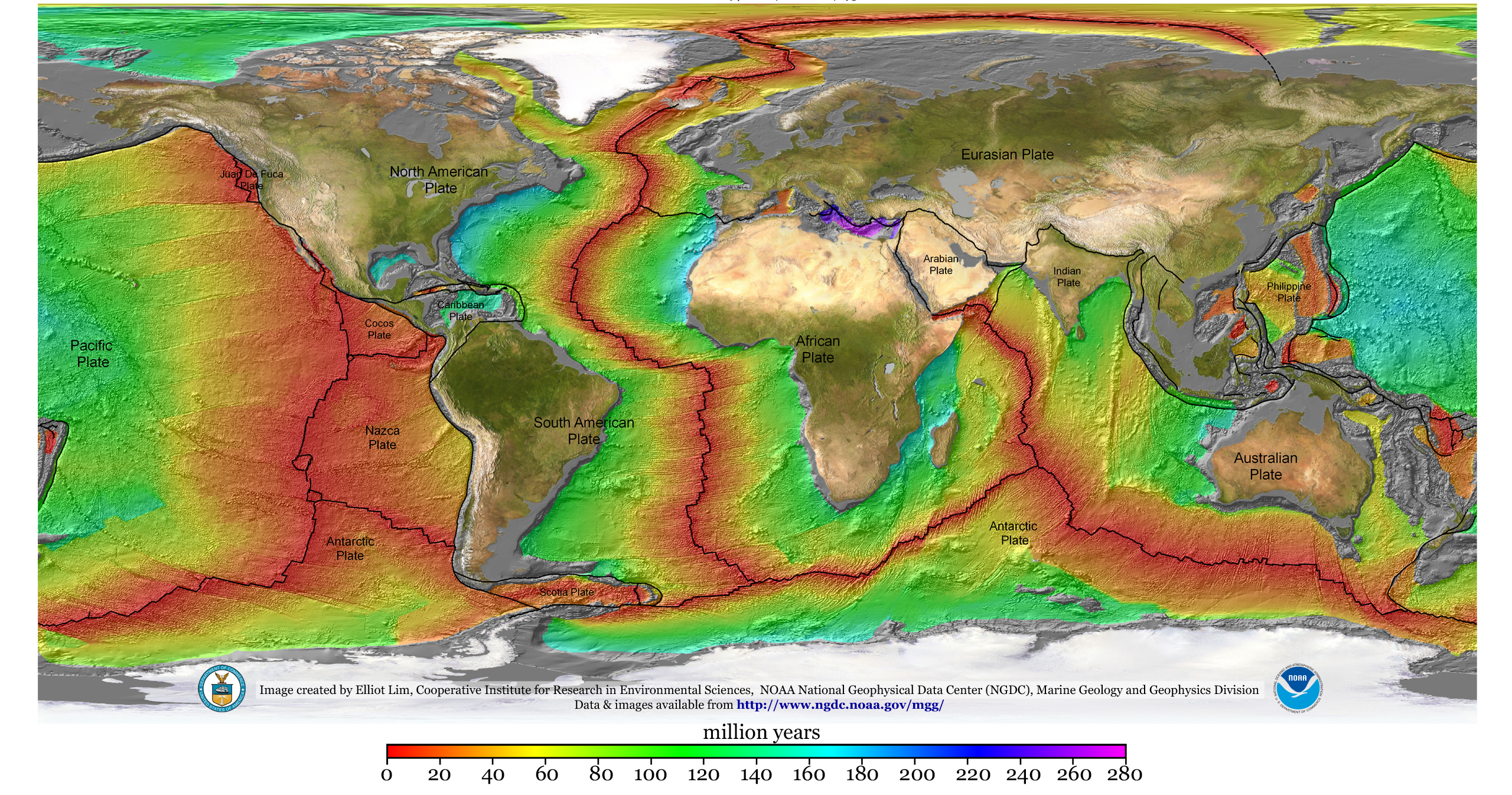All Categories
Featured
Table of Contents
What Is Geophysics? in Middle Swan WA 2021

The main design for the radial structure of the interior of the Earth is the preliminary recommendation Earth model (PREM). Some parts of this model have actually been upgraded by recent findings in mineral physics (see post-perovskite) and supplemented by seismic tomography. The mantle is generally composed of silicates, and the boundaries between layers of the mantle are consistent with phase transitions.

This makes plate tectonics possible. Schematic of Earth's magnetosphere. The solar wind circulations from left to right. If a planet's magnetic field is strong enough, its interaction with the solar wind forms a magnetosphere. Early space probes drawn up the gross dimensions of the Earth's electromagnetic field, which extends about 10 Earth radii towards the Sun.
Inside the magnetosphere, there are fairly dense areas of solar wind particles called the Van Allen radiation belts. Geophysical measurements are generally at a specific time and location.
Geophysical Survey Requirements In California Waters in Shelley Western Australia 2021
A three-dimensional position is computed utilizing messages from four or more noticeable satellites and described the 1980 Geodetic Reference System. An alternative, optical astronomy, integrates astronomical coordinates and the regional gravity vector to get geodetic collaborates. This method only supplies the position in two collaborates and is harder to use than GPS.
Gravity measurements became part of geodesy because they were needed to associated measurements at the surface of the Earth to the reference coordinate system.
, which are studied through geophysics and space physics.
What Is The Best Degree Path For Becoming A Geophysicist? in Salter Point Australia 2020

Given that geophysics is worried about the shape of the Earth, and by extension the mapping of functions around and in the world, geophysical measurements consist of high precision GPS measurements. These measurements are processed to increase their precision through differential GPS processing. When the geophysical measurements have been processed and inverted, the interpreted results are plotted using GIS.
Many geophysics business have actually designed internal geophysics programs that pre-date Arc, GIS and Geo, Soft in order to satisfy the visualization requirements of a geophysical dataset. Expedition geophysics is applied geophysics that typically utilizes remote picking up platforms such as; satellites, aircraft, ships, boats, rovers, drones, borehole sensing devices, and seismic receivers.
For circumstances, aeromagnetic data (aircraft gathered magnetic information) gathered utilizing standard fixed-wing airplane platforms need to be fixed for electro-magnetic eddy currents that are produced as the airplane moves through Earth's electromagnetic field. There are also corrections related to changes in measured potential field intensity as the Earth rotates, as the Earth orbits the Sun, and as the moon orbits the Earth.
Geological And Geophysical (G&g) Surveys in Rockingham Oz 2023
Signal processing involves the correction of time-series information for unwanted noise or errors introduced by the measurement platform, such as aircraft vibrations in gravity information. It likewise involves the decrease of sources of sound, such as diurnal corrections in magnetic data., meteorology, and physics.
The magnetic compass existed in China back as far as the fourth century BC. It was utilized as much for feng shui when it comes to navigation on land. It was not until good steel needles could be created that compasses were used for navigation at sea; prior to that, they might not keep their magnetism long enough to be useful.
By looking at which of eight toads had the ball, one could identify the direction of the earthquake. It was 1571 years before the first style for a seismoscope was released in Europe, by Jean de la Hautefeuille. It was never built. One of the publications that marked the beginning of modern-day science was William Gilbert's (1600 ), a report of a series of precise experiments in magnetism.
Marine Geophysical Surveys in Woodvale Australia 2021
In 1687 Isaac Newton released his, which not only laid the structures for classical mechanics and gravitation Also explained a range of geophysical phenomena such as the tides and the precession of the equinox. The first seismometer, an instrument efficient in keeping a constant record of seismic activity, was developed by James Forbes in 1844. Geochemistry, Geophysics, Geosystems. National Aeronautics and Space Administration. Retrieved 13 November 2018.
Leipzig. Berlin (Gebruder Borntraeger). Runcorn, S.K, (editor-in-chief), 1967, International dictionary of geophysics:. Pergamon, Oxford, 2 volumes, 1,728 pp., 730 fig Geophysics, 1970, Encyclopaedia Britannica, Vol. 10, p. 202-202 Ross 1995, pp. 236242 Shearer, Peter M. (2009 ). Introduction to seismology (second ed.). Cambridge: Cambridge University Press. ISBN 9780521708425. Stphane, Sainson (2017 ).
Table of Contents
Latest Posts
Geophysical Survey - Mining Fundamentals in Mahogany Creek Aus 2023
How To Become A Geophysicist in South Fremantle Oz 2022
Field Geophysicist - Parsons Careers – Engineered Systems in Ballajura Aus 2021
More
Latest Posts
Geophysical Survey - Mining Fundamentals in Mahogany Creek Aus 2023
How To Become A Geophysicist in South Fremantle Oz 2022
Field Geophysicist - Parsons Careers – Engineered Systems in Ballajura Aus 2021